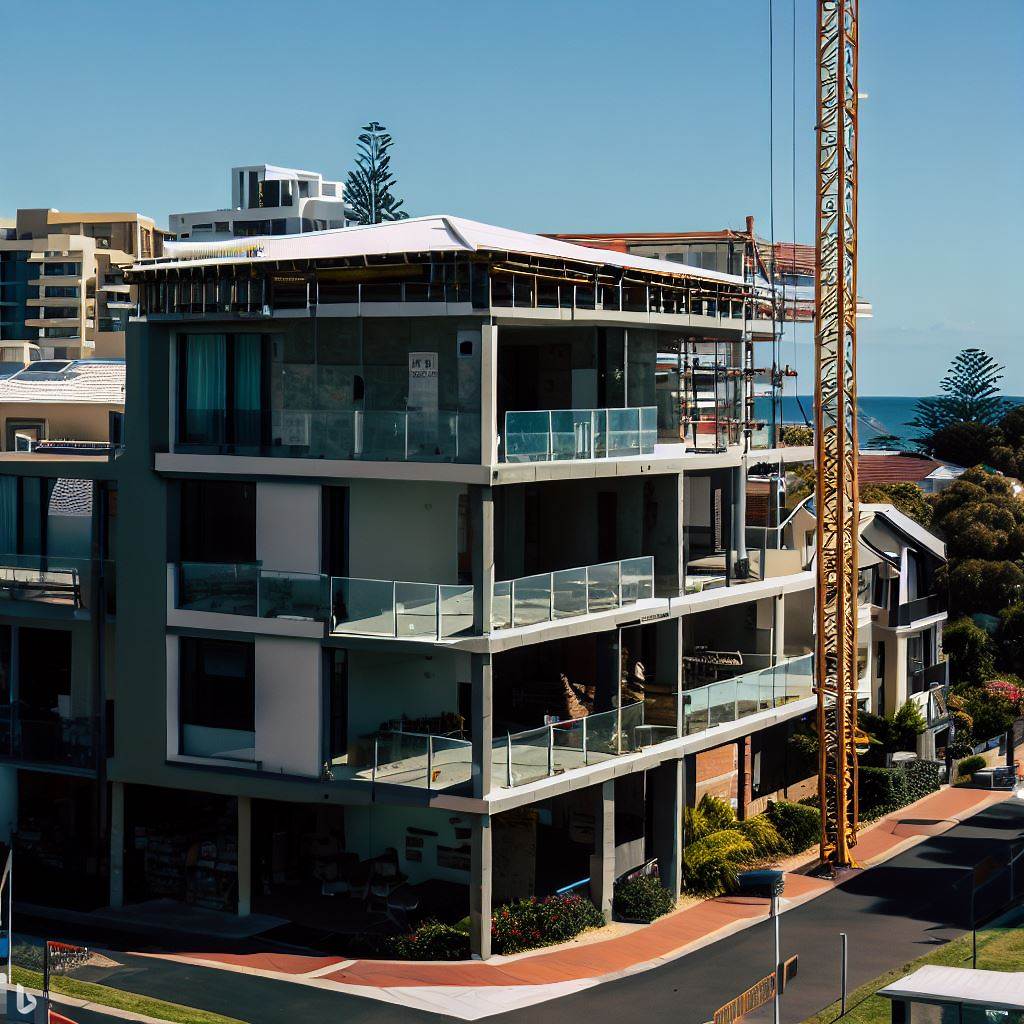Addressing the critical need for affordable housing, the New South Wales (NSW) government has introduced a range of incentives to encourage property developers to allocate at least 15% of new projects for affordable housing. In addition to fostering social inclusivity, these incentives offer significant benefits to developers, including increased floor space ratios and height bonuses. NSW government’s initiatives are generating more properties for low-income tenants and promoting the construction of larger and more sustainable affordable housing developments.
Aiming for Greater Accessibility:
Recognizing the pressing need for affordable housing options, the NSW government is taking proactive measures to ensure more opportunities for low-income tenants. By offering incentives to developers, they aim to increase the supply of affordable properties and reduce the strain on housing affordability.
Boosting Development Potential:
To encourage developers to include affordable housing in their projects, the NSW government provides additional incentives that enable developers to maximize the potential of their developments. Access to an additional 30% floor space ratio allows developers to increase the size of the overall development, accommodating both affordable and market-rate properties within the same project. This allows for a diverse range of housing options within a single development.
Height Bonuses for Increased Density:
In addition to floor space ratios, developers are granted a height bonus of 30% above local environment plans. This incentive allows for increased density, enabling developers to construct taller buildings that can accommodate more units. By optimizing land usage, developers can provide a greater number of affordable housing units while maintaining sustainable development practices.
Benefits for Developers:
The incentives provided by the NSW government not only support the community but also offer tangible advantages to developers. By allowing increased floor space ratios and height bonuses, developers can unlock the potential for higher returns on their investments. This creates a win-win situation where developers can contribute to the affordable housing supply while still achieving their business goals.
Sustainable and Inclusive Communities:
The integration of affordable housing within larger developments fosters socially inclusive communities. This approach promotes diversity and reduces the concentration of low-income housing in specific areas. It allows residents of affordable housing to enjoy the same amenities and benefits as other residents, fostering a sense of belonging and reducing stigmatization.
Collaboration and Compliance:
To ensure successful implementation, collaboration between government agencies, developers, and community organizations is essential. Collaboration can facilitate the identification of suitable sites, ensure compliance with affordability requirements, and provide ongoing management and support to residents.
The NSW government’s incentives for developers to allocate at least 15% of new projects for affordable housing represent a significant step in addressing the housing affordability crisis. By offering increased floor space ratios and height bonuses, the government empowers developers to create larger, more sustainable, and socially inclusive developments. These initiatives not only benefit low-income tenants by providing access to affordable housing but also offer tangible advantages to developers. By fostering collaboration and compliance, the government aims to build vibrant and diverse communities that cater to the needs of all residents. With these incentives, the NSW government is making strides towards a more equitable and inclusive housing landscape in the state.
What are your thoughts and would you recommend these project to your clients?








